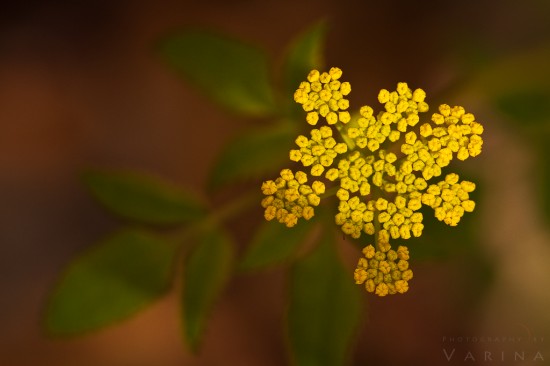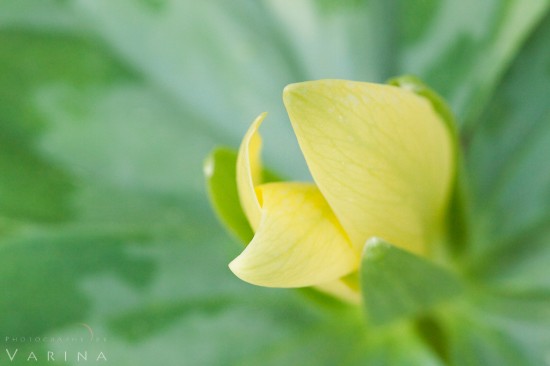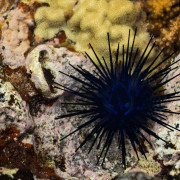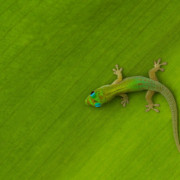Macro Photography Tips for Beginners
Macro photography provides a great extension to my landscape photography. It allows me to slow down, immerse myself in the environment that I am shooting, and notice all the wonderful details in the world around me. However, macro lenses are not as easy to use as they appear. It’s best to make sure that you know their limitations and quirks before trying to use them on location.
Additionally, an outdoor macro photographer faces several challenges while trying to photograph small subjects. To capture a successful macro photo, you need to overcome several challenges. Here are some indispensable macro photography tips that will help beginners overcome these challenges:
Tip #1: Find the right subject
While this may sound like it is not a challenge, finding the right subject requires you to slow down and really get close to your subject. Large macro subjects may be easy to spot, but finding them can be challenge. If you know ahead of time the subject you want to photograph, a bit of research goes a long way towards trying to finding them. Even if you do find them, they may not be in an ideal location to photograph.
Smaller subjects, like these salt crystals from Death Valley, require you to be really close to your subject to spot them. You may even have to look through your macro lens to see a good macro subject. When I first started photography, I used to get out of the car, take a quick look, and make up my mind whether or not the place was worth shooting. By doing this, I was denying myself some of the most interesting Macro photography subject in the area. These days when I arrive at a location, I spend quite a bit of time trying to get familiar with the terrain and subject matter and by doing this, I am often rewarded with some awesome macro shots. Here is a short video that shows you how we go about finding interesting macro photography subjects:
So, if you want to find a good macro subject, I highly recommend that you slow down and immerse yourself in local environment.
Tip #2: Use a Tripod
A tripod is critically important when photographing tiny macro subjects, because you will need to be able to set up your DSLR or mirrorless camera at odd angles, and then adjust your camera settings quickly and efficiently. The extra stability provided by a tripod means you don’t have to worry about motion blur, and you can use slow shutter speed to capture static macro subjects.
For a living subject – like the little gecko in Hawaii – you might not want to tighten my ball head my tripod, so that you can pivot your DSLR or mirrorless camera as the subject moves.
Tip #3: Learn to work with available light & weather
Managing wind is one of the most common challenges to overcome when shooting any subject that is not completely static (such as flowers, leaves, and stems). When possible, we use a fast shutter speed to capture sharp photos of the wind-blown subject. However, in most cases this is not as straightforward as it sounds. We must routinely decide on the right trade-off between DOF (aperture), shutter speed, ISO, and the right filters.
Besides wind, we have to deal with harsh, uneven light and rain at times. We combine filters, diffusers, and reflectors with creative workflow to overcome weather-related challenges when we are shooting on location. When wind is an issue, we will use a higher ISO to get a faster shutter speed. When it’s bright and sunny, you might want to use a diffuser to soften the light, or a reflector to bounce light onto your macro photography subject for a bit of fill light. Sometimes we use both a diffuser and reflector together to get the look that we want.
Tip #4: Focus setting for macro photography subjects
Getting the focus setting on your digital or mirrorless camera right can be difficult when you are just starting out. It is always a challenge to get your entire macro subject in sharp focus because you will often find yourself really pushing the focusing limits of your macro camera lens. You will likely find yourself wanting to get in closer and closer to your macro subject until your camera lens is no longer capable of focusing. At this point, we suggest that you back off until your camera lens to start focusing correctly.
Getting the focus setting correct for moving macro subjects is even more difficult than a stationary subject. So if you find that you are struggling to focus on moving macro subjects like this tiny hermit crab, you are not alone. The focus settings on the macro camera lenses is very slow (specially if you are working at the edge of its near focusing limit). Additionally, it is very difficult to re-frame your photos by moving your macro camera lenses because even the smallest lens movements make your subject fall out of the frame.
We employ a fast shutter speed, right focus settings and a creative workflow to capture tiny subjects like these hermit crabs in the photo above. For this particular shot, Jay pre-focused on the a spot near the crab and waited for the hermit crab to emerge from its shell before taking the shot.
Tip #5: Find the right macro photography composition
The real trick with macro photography composition is finding the right angle to shoot from. One of the best ways to find the right macro photography composition is to take your DSLR or mirrorless camera off the tripod and look through the viewfinder or LCD in search of the best angle and composition. Once you have found your angle, you can set up your tripod and make whatever fine adjustments you need to get the perfect macro photography composition.
Sometimes you may want to be directly on top of your macro photography subject, looking straight down. At other times, I want to be on the same level with your subject. You also have to be acutely aware of the background for macro photography composition. Ideal macro photography composition will have a uniform background that is free of distracting elements.
Tip #6: Develop a creative macro photography workflow
Technical expertise alone is not enough to capture stunning photos with your macro lens. Even if you know how to use your camera and your macro lens outdoors, macro subjects may present problems that will require a creative workflow. When we took students out to photograph these gorgeous sea anemones at low tide during our 2013 Australia Workshop, we found that almost every single one of these sea anemones was closed.
To capture these sea anemones, I filled a water bottle with fresh sea water and poured the water near the sea anemones. This created bubbles to simulate an incoming tide. Within a few minutes, he was able to coax the sea anemone to open up so that the students could capture these gorgeous shots.
This is exactly the kind of information you will find in our Macro Photography Lenses Tutorial. We provide an in-depth look at how we use our macro lenses and we teach you to overcome the big challenges of shooting small subjects with your macro lens. You will be able to see how we work in the field with step-by-step case studies. We also explore how to create stunning photos using a macro lens using our straight-forward, non-technical teaching style.
The best way to get started with macro photography is to go out with your new macro lens and start experimenting. And remember – as always – these macro photography tips aren’t meant to be hard and fast rules…they are merely suggestions for beginners to get started. So don’t be afraid to experiment and make you own rules.




















Simple macro equipment can give satisfactory results. Old Sony H5 + Raynox DCR – 250.